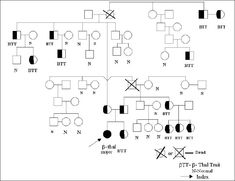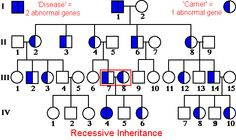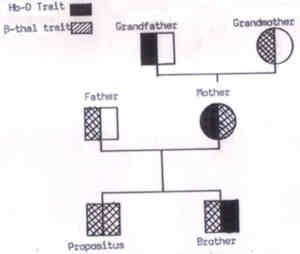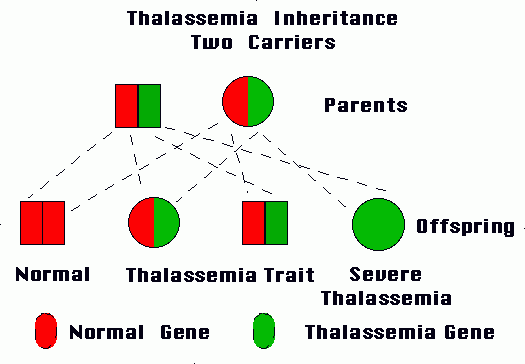Beta Thalassemia is a genetic disorder characterized by a reduced production of hemoglobin in the blood. Understanding the inheritance pattern of Beta Thalassemia can be crucial for individuals and families affected by this condition. By creating a Beta Thalassemia pedigree chart, you can visualize how this disorder is passed down from generation to generation.
When constructing a Beta Thalassemia pedigree chart, it is important to note that this disorder is inherited in an autosomal recessive manner. This means that both parents must carry a mutated gene in order for their child to inherit Beta Thalassemia. Individuals who inherit only one mutated gene are known as carriers, and they do not exhibit symptoms of the disorder.
Beta Thalassemia Pedigree Chart
Creating a Beta Thalassemia Pedigree Chart
To create a Beta Thalassemia pedigree chart, start by identifying individuals in your family who have been diagnosed with the disorder. These individuals will be represented by shaded symbols on the chart. Next, identify carriers of the mutated gene, who will be represented by half-shaded symbols. Individuals who do not carry the mutated gene will be represented by clear symbols.
Once you have identified affected individuals, carriers, and unaffected individuals in your family, connect them on the chart to show their relationships. Remember to include information about each individual’s genotype (whether they carry one or two mutated genes) to accurately represent the inheritance pattern of Beta Thalassemia in your family.
Interpreting the Beta Thalassemia Pedigree Chart
By analyzing your Beta Thalassemia pedigree chart, you can gain insights into the genetic inheritance of this disorder in your family. Pay attention to patterns of inheritance, such as the presence of affected individuals in multiple generations or the recurrence of Beta Thalassemia in siblings. This information can help you understand the risk of passing on the mutated gene to future generations.
If you are concerned about the risk of Beta Thalassemia in your family, consider consulting with a genetic counselor. They can provide personalized information about your family’s genetic history, inheritance patterns, and the likelihood of passing on Beta Thalassemia to your children. By understanding your Beta Thalassemia pedigree chart, you can make informed decisions about your health and the health of future generations.
Overall, creating and interpreting a Beta Thalassemia pedigree chart can provide valuable insights into the genetic inheritance of this disorder in your family. By visualizing how Beta Thalassemia is passed down from generation to generation, you can better understand the risk of inheriting or passing on this condition. If you have concerns about Beta Thalassemia in your family, consider consulting with a genetic counselor for personalized guidance and support.
Download Beta Thalassemia Pedigree Chart
12 Beta Thalassemia Ideas Beta Thalassemia Pedigree Chart Beta
Prepare A Pedigree Chart For Blood Group Fig 12 A Classical Pedigree
Q3 Beta Thalassemia
Beta Thalassemia Genotypes




